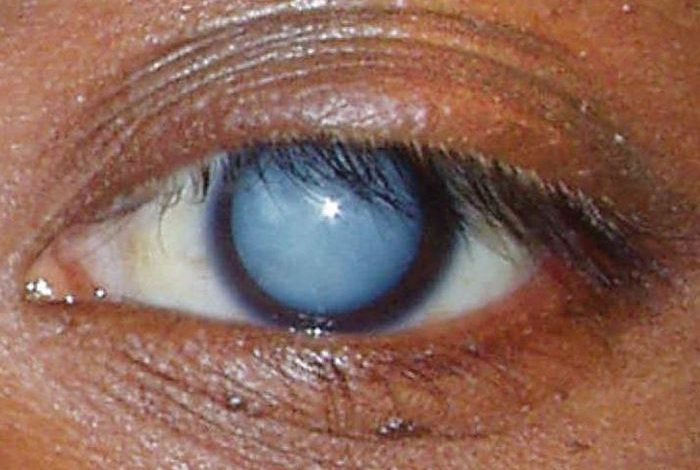

Eye Health
Ipoh Echo’s EYE HEALTH series continues with Consultant Eye Surgeon Dr S.S. GILL talking to us about CATARACT.
Cataracts may cause a variety of symptoms including a temporary improvement of vision for near. Blurry vision at any distance of course is the most common symptom of cataracts. Your vision may look foggy, filmy, or cloudy. People with cataracts may have an especially hard time seeing at night making it difficult when driving at night. The lights from oncoming car lights may scatter and cause glare.
A common complaint among housewives is that colours seem washed-out and dull. One patient who recently had her cataracts removed, actually asked her brother whether he had repainted his car white because she thought that his car colour was brown in the past (the time that she was seeing through her cataract!)
“SECOND-SIGHT OF AGING”
There is a phenomenon called “second sight of aging” in which paradoxically a person’s reading vision suddenly improves as a result of their increased nearsightedness from swelling of the cataract. You may sometimes hear people actually boasting that they do not need reading glasses anymore to read their daily newspapers. Many a times this so called improved vision for near is usually short-lived. It actually is a symptom of a maturing cataract.
FREQUENT CHANGE OF SPECTACLES
If you find that you have been requiring to frequently change prescription spectacles every few months, this too may be a symptom of cataracts. Essentially, the spectacle power of contact lenses will have to be increased in order to get acceptable vision to the patient.
THE UNNOTICED BLURRING VISION
There are some patients who do not notice their blurring vision because the cataract is more mature in only one eye. This is because the fellow eye compensates for the vision requirement for their daily activity. The blurring vision is only noticed when they check the vision of each eye separately, only to be surprised that vision in one eye (with cataract) is so poor! Rarely, cataracts can cause double vision (also known as diplopia). As the cataract becomes more mature, the double vision may go away.
Cataracts usually progress gradually and are not painful.
They only become painful when they are extremely advanced or mature resulting in a condition called glaucoma where the eye pressure increases. Therefore, it is important not to wait for the cataract to be too mature before seeking eye treatment. Rapid or painful changes in vision are suspicious of other eye diseases and should be evaluated by an ophthalmologist. Take note of any unusual eye symptoms and get your eyes checked annually if you are above 40 years of age.


